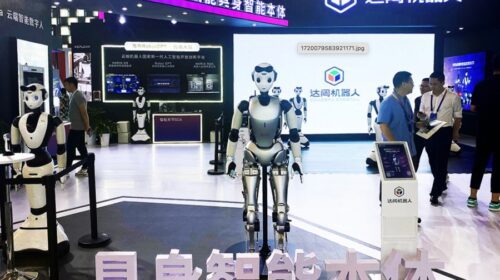BRIEF: Xiaomi renames smart driving function after fatal accident

Xiaomi Corp. (1810.HK) has changed the smart-driving terminology for its SU7 electric vehicle from “smart driving” to “assisted driving” on the product’s pre-order page, following a fiery fatal accident that left three college students dead.
According to Chinese tech media IT Home, Xiaomi modified wording on the vehicle’s order page from the previous “Xiaomi Smart Driving Pro” to “Xiaomi Assisted Driving Pro.” For the SU7 Pro and Max models, “Xiaomi Smart Driving Max” has been changed to “Xiaomi End-to-End Assisted Driving.”
Xiaomi previously reported delivering 28,000 EVs in April, a slight decrease from 29,000 units in March. The company has also enhanced incentives for May buyers, offering perks such as “Nappa leather seats” and “lifetime free access to Xiaomi Assisted Driving.”
On March 29, a Xiaomi SU7 crashed into a concrete barrier on a highway in Anhui province and caught fire, killing three university students. The company has said the vehicle’s warning system and automatic emergency braking were unable to detect non-vehicular obstacles such as water barriers and concrete posts. It also emphasized that the vehicle was operating under navigate on autopilot (NOA) assisted driving at the time, which is classified as Level 2 assisted driving, requiring the driver to maintain full responsibility for monitoring the road.
Reuters reported that following the accident, the Chinese government instructed automakers to avoid using terms like “smart driving” and “autonomous driving” in marketing materials for assisted driving features.
By Lee Shih Ta
To subscribe to Bamboo Works weekly free newsletter, click here






